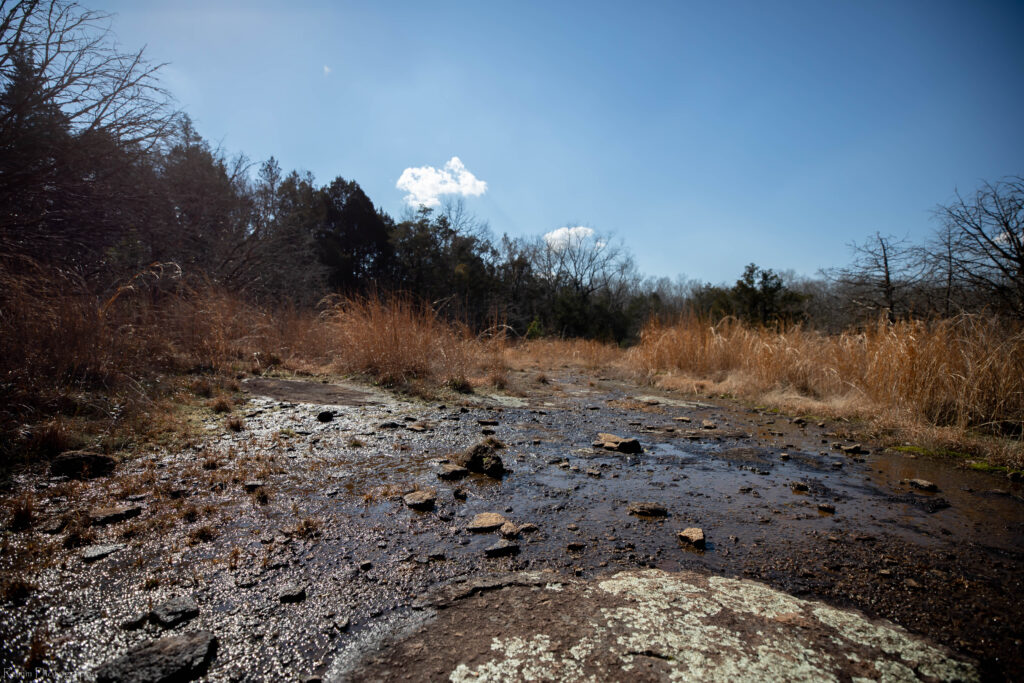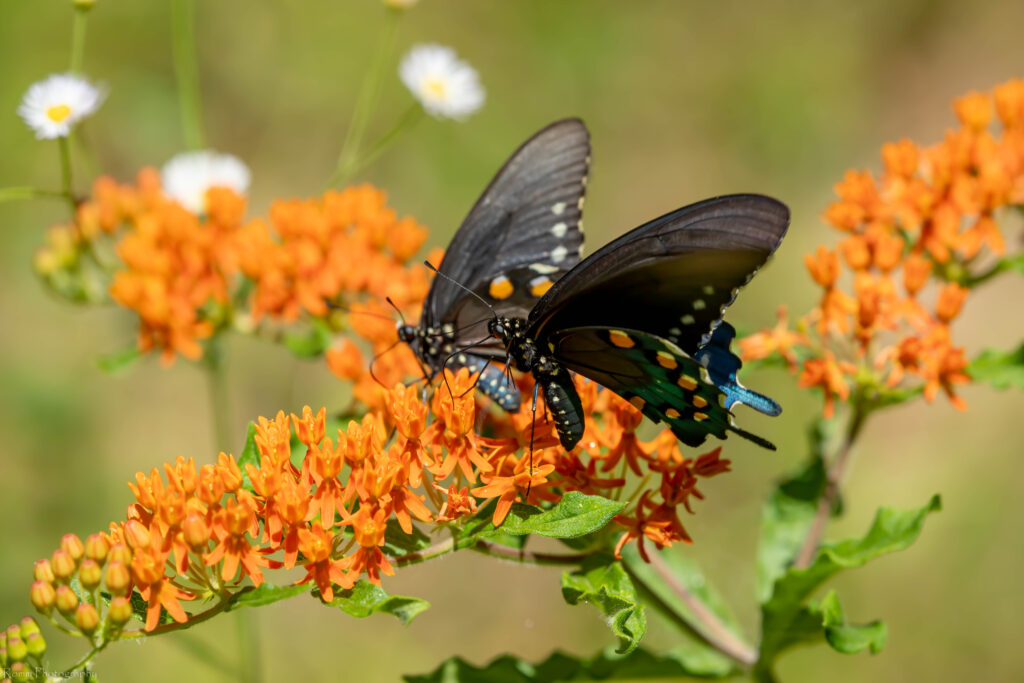The Evolutionary Background
In our first post, we talked about how geology and climate dictate what plants grow in different areas. We went on to discuss how disturbance events dictate plant communities. Combining those concepts on the geologic timescale – many millions of years, to keep it simple – provides the evolutionary basis for the plant species “native” to a given region. For example, the sandy soils of the Coastal Plain and a history of frequent disturbance (fire) have driven the evolution of those plant communities. The same general idea is true for all ecosystems worldwide.

An Ecological Viewpoint
In many ways, plant communities are the foundation of ecosystems. We could (and probably should) give fungi their moment in the spotlight, but we’ll stick with plants for the sake of simplicity. As plant communities evolve, so does the associated animal community. The reverse is true as well: as animal communities evolve, they put selective pressure on the plant community. Plant predators (herbivores) often select for more predator-resistant traits – thorns, toxins, foul taste. Seed and fruit eating animals help disperse plant species, selecting for plants with the most appetizing offerings. Flowering plants that depend on pollinators to reproduce will be selected for structures and colors most suited to specific pollinators.
These are just broad examples, but they should start to provide you with a picture of the countless interactions between plants and animals. You should also begin to understand how these interactions can drive evolution. The interactions never end, and evolution never stops. Over time, these interactions become relatively stable. Ecosystems – the product of ecological relationships – are the result of these interactions.
Let’s summarize. Plant communities are dictated by underlying geology, climate, and disturbance. Plants and animals have countless interactions that drive the evolution of both. Put these concepts together, and you have an ecological community. You have an ecosystem. The same is true no matter where you are in the world.
Answering the Question
Why native plants? To answer this question, we have to put the broad concept of an ecosystem into a regional context. The idea of an ecosystem is universal, but not all ecosystems are the same. Your physiographic region is the baseline, but there are a variety ecosystems within those regions. In the Piedmont, we have grasslands, mixed hardwoods, wetlands, riparian areas, and granite outcrops just to name a few. Each of our ecosystems has a unique ecological community – the product of many plant and animal interactions.
Before answering why it’s important to include native species on the landscape, we should talk about what happens when you remove them. Whenever a species is removed from the community, a relationship is broken. Think of a butterfly, whose caterpillars require a specific plant to feed on – if that plant is removed, the butterfly cannot exist. Alternatively, think of a plant that has only one pollinator – if that pollinator is removed, the plant cannot exist. The more species removed, the more relationships cease to exist. Once a certain threshold of loss is reached, the result can be complete ecosystem collapse and extinction events.

Addition in the Face of Subtraction
In a perfect world, we would not reach the point of collapse and extinction. Unfortunately, we do not live in a perfect world. Rampant habitat destruction in the form of development and land conversion exists. Invasive species that displace native communities exist. Broadcast, non-specific pesticide applications exist. Climate change exists. All of these factors impact natural communities, and have resulted in the removal of many native species. In the Piedmont, the most densely populated region in the state, these impacts are even more pronounced.
So what can we do? Development isn’t stopping any time soon, nor are any of the other impacts listed above. The best solution is to promote the species that are disappearing from the landscape. Ideally, we would designate more protected areas as habitat, but that strategy is limited. Better managing our existing protected lands would be another good step. Including native plant species on the human landscape might just be our only option.
